From pv magazine 01/2022
We’ve seen significant progress in the utility-scale market segment in the Gulf region in recent years. But it seems the rooftop segment has been slower to develop. What would you say is the current progress of distributed-generation (DG) PV in the region?
You are right that the speed and deployment of solar solutions to the rooftops or distributed solar, including C&I, has been slower, and it’s due to multiple factors. First of all, in many countries of the Middle East electricity tariffs are still subsidized. And while change is happening, subsidies have not been totally removed, making rooftop solar’s competition with tariffs from the utilities still not in the best.
The countries of the Middle East have all adopted [the principle] that there has to be a reduction in subsidies. Due to the fact that utilities in the Middle East by nature have always been the sole provider of electricity to different consumer segments, it is possible that some of the utilities feel that they could be losing market share due to the monopoly situation they are in.
Then there are the [solar] technology pricing changes that happened over the past year. Currently, we see prices of modules higher than expected, which has impacted any projects in the pipeline.
So, what do you believe is the most promising DG solar market in the region?
Saudia Arabia will be, as it is currently the country that has the highest subsidies when it comes to tariffs. As they [tariffs] go higher, I would expect to see this market grow. Also, by virtue of its sheer size, it is promising, as it has a very big population. For sure the rooftop segment can pick up the fastest the minute you start to see subsidies going away.
The more sustainable countries and those with green energy, and ones in which they [targets] will be implemented are also promising. Both Saudi Arabia and the UAE [United Arab Emirates] have shown commitments. The UAE already has a program and maybe will accelerate it – importantly, the UAE has shown that when they have committed to something, they deliver what they have promised.
Oman is a country that is truly trying to provide unsubsidized electricity, for good economic reasons. After that come Qatar and Kuwait.
What about outside the Gulf?
In terms of the rest of the Middle East, Jordan made very good progress and then slowed down – the utility started to feel like they would lose clients, and so reduced the capacity you can install on your rooftop. Now larger projects are not favored by NEPCO [network operator] and that has slowed Jordan down, although it is still considered to be a very good market as the tariffs were very high. When NEPCO saw that people could compete with them, they lowered capacities on the rooftop.
Although certain countries do have wheeling, such as Egypt, the implementation of these laws has been slowed. If you are allowed to produce power at one place and wheel it to somewhere else, it would help the market – but it has slowed down. For example, if you have a location where you can generate power from solar and wheel it to a factory, currently the factory is not able to pick the power-up. The size of the roof [at the factory] might not make a solar project economical unless it’s possible to wheel extra from outside. Most projects were hoping to benefit from extra demand from wheeling, but the implementation has not been effective and it appears that Egypt and Jordan have abandoned the idea.
Would you say that the countries of the Middle East are awake to the possibility of the DG segment – not just in terms of renewable generation, but also job creation?
They are, absolutely. In Saudi Arabia, the number of EPCs and contractors is probably more than 10 times what it was three years ago. From value creation and job creation, it is well understood. But there is a slowdown, a limitation, or a hesitation.
Is it accurate to say that the local utilities are very influential?
They control everything. In each of these countries, the utility is only one generation company or regional companies that report to one headquarters. It is not like there is free trade of energy. And this takes us to the next point, if there is more free trading of energy then definitely, yes there will be more development.
Well, trading is also facilitated by interconnection (pp. 18-21). Do you see this as potentially accelerating the DG segment?
It may not impact rooftop PV but will impact the trading of energy for sure. But once these interconnections are established and ready to transmit power, then the utility scale [renewable energy] projects will be the mainstream energy. And as the countries become more economically and politically interconnected, then there is more space for the rooftop [segment]. It can fill the gap for the utility scale projects. Imagine if a country can sell to a neighbor at $0.04/kWh, the why sell it at home for $0.02/kWh? This could work but it is not a short-term play, it will take some time.
This content is protected by copyright and may not be reused. If you want to cooperate with us and would like to reuse some of our content, please contact: editors@pv-magazine.com.

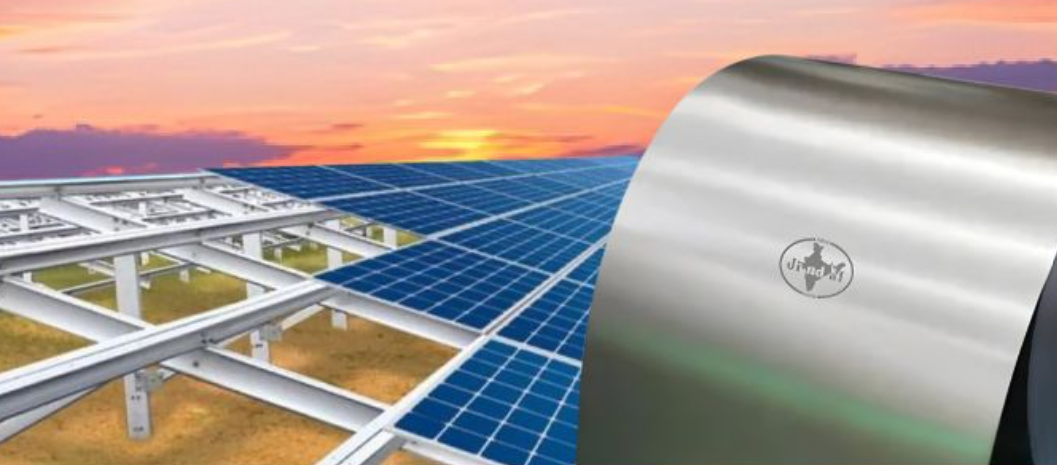


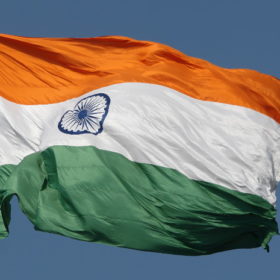
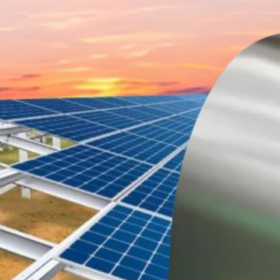
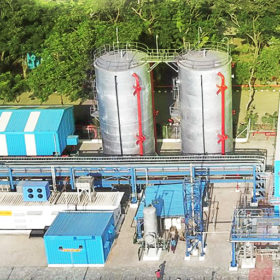
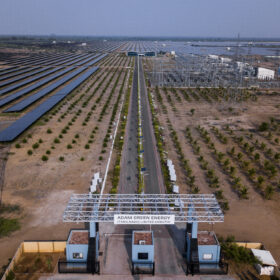
By submitting this form you agree to pv magazine using your data for the purposes of publishing your comment.
Your personal data will only be disclosed or otherwise transmitted to third parties for the purposes of spam filtering or if this is necessary for technical maintenance of the website. Any other transfer to third parties will not take place unless this is justified on the basis of applicable data protection regulations or if pv magazine is legally obliged to do so.
You may revoke this consent at any time with effect for the future, in which case your personal data will be deleted immediately. Otherwise, your data will be deleted if pv magazine has processed your request or the purpose of data storage is fulfilled.
Further information on data privacy can be found in our Data Protection Policy.